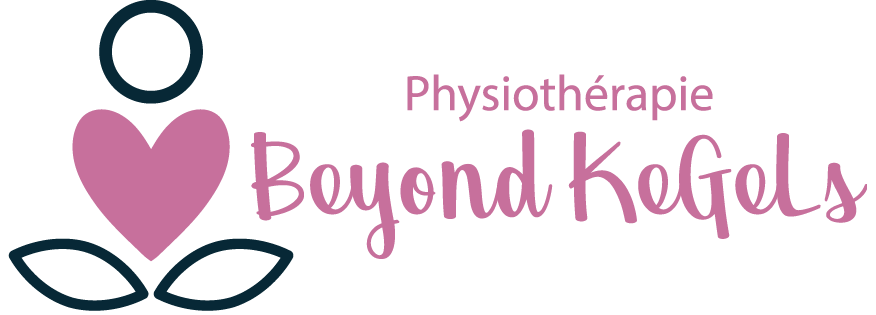30+ Mom Care
Moms grow up too
As moms, we need care too. It is never too late to start building strength and “fixing” what we may have thought was lost forever.
Know that we are with you and focused in assessing and treating the whole you, beyond just the pelvic floor. We’ll thoroughly assess your overall movement patterns which includes joint/muscle issues too.
So, getting back into exercise or pushing for a half-marathon? Leaking? A feeling of heaviness in your pelvis? Whether you are pre- or post-menopausal, there are solutions to these issues and many times, it’s more than Kegels. Let’s figure them out together.
See common issues we can get through together
Bladder / Bowel issues
“I do my Kegels, but I am just not sure it’s working.”
“I don’t have incontinence, but I pee my pants sometimes”
Urinary Incontinence (laughing, coughing, jumping etc)
Overactive Bladder (OAB)
Urgency / Frequency (using bathroom more than the average 5-8 times per day)
Urinary retention
Nocturia (waking to urinate at night)
Pain with urination
Constipation
Pain with bowel movement
Incomplete emptying
Hemorrhoids
Urgency
vaginal / Sexual / pelvic pain
“I don’t enjoy it. I’m in pain. He’s supportive, but I know he’s frustrated as well.”
“I’m uncomfortable sitting, everything irritates me, but my doctor says it’s not a UTI”
Lower back, SI joint, hips, groin, abdomen and tailbone pain (coccydynia)
Pelvic Organ Prolapse (POP) / sensation of heaviness, pulling or bulging in your vagina or rectum
Vestibulodynia (pain near the entrance of the vagina)
Vulvodynia (pain in the general vulvar area)
Clitorodynia (pain around the clitoris)
Pain that occurs with sitting, bowel movements, urination and with intercourse
Endometriosis
Interstitial Cystitis (IC) and Painful Bladder Syndrome (PBS)
Vaginal dryness
Vaginismus
Strengthening / return to exercise
“It’s been so long since I have exercised. I’m too afraid that I will leak!”
“I’m getting back to cycling…and I’ve also got a tennis match soon. I need to be back on the court”
Diastasis self check and monitoring
Decrease S/I joint and pelvic pain
Learn how to move without fear
Optimize return to exercise
Incorporate pelvic floor into your movements
Progressive return to exercise
Breathing strategies
Strengthening to optimize “safe” return




